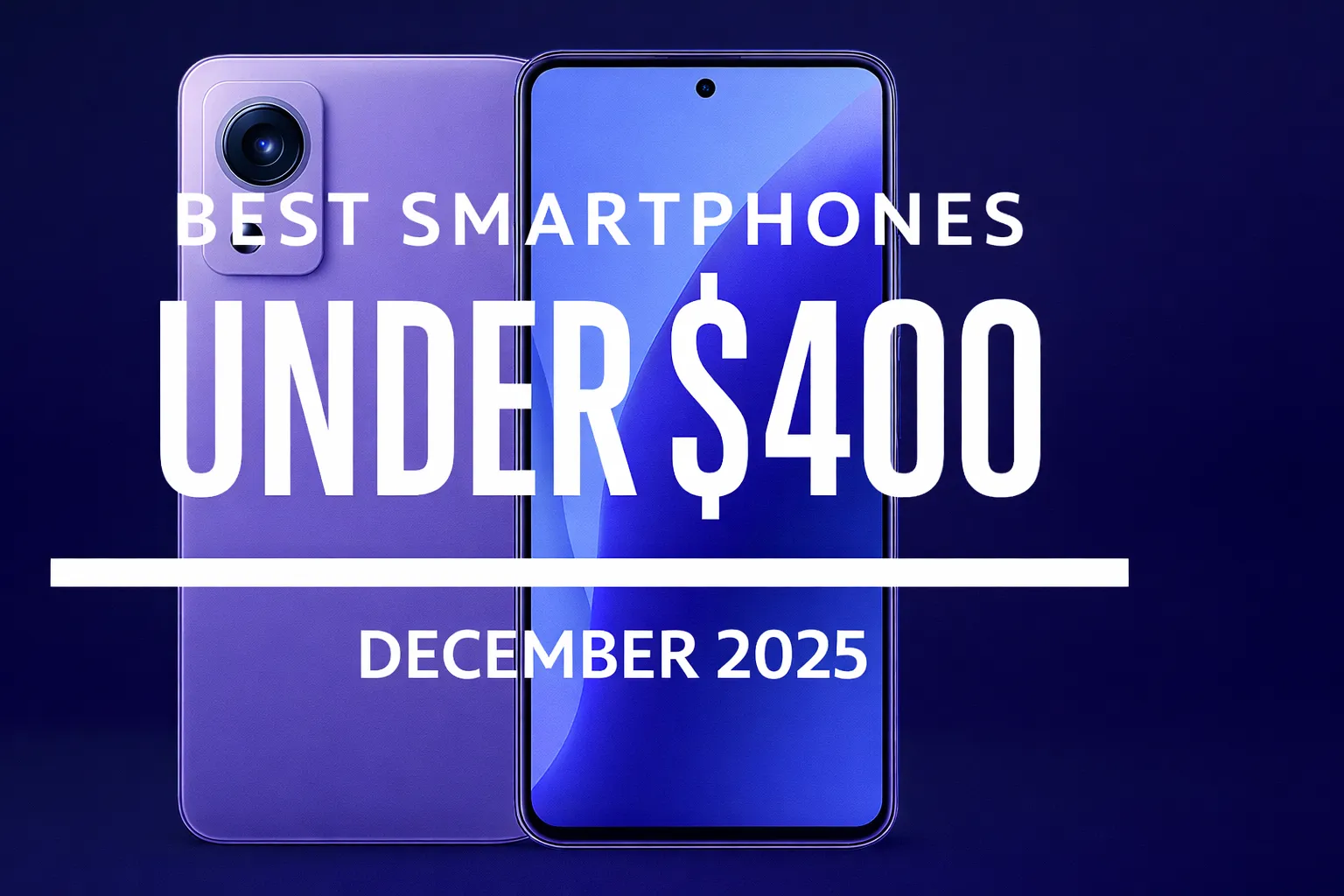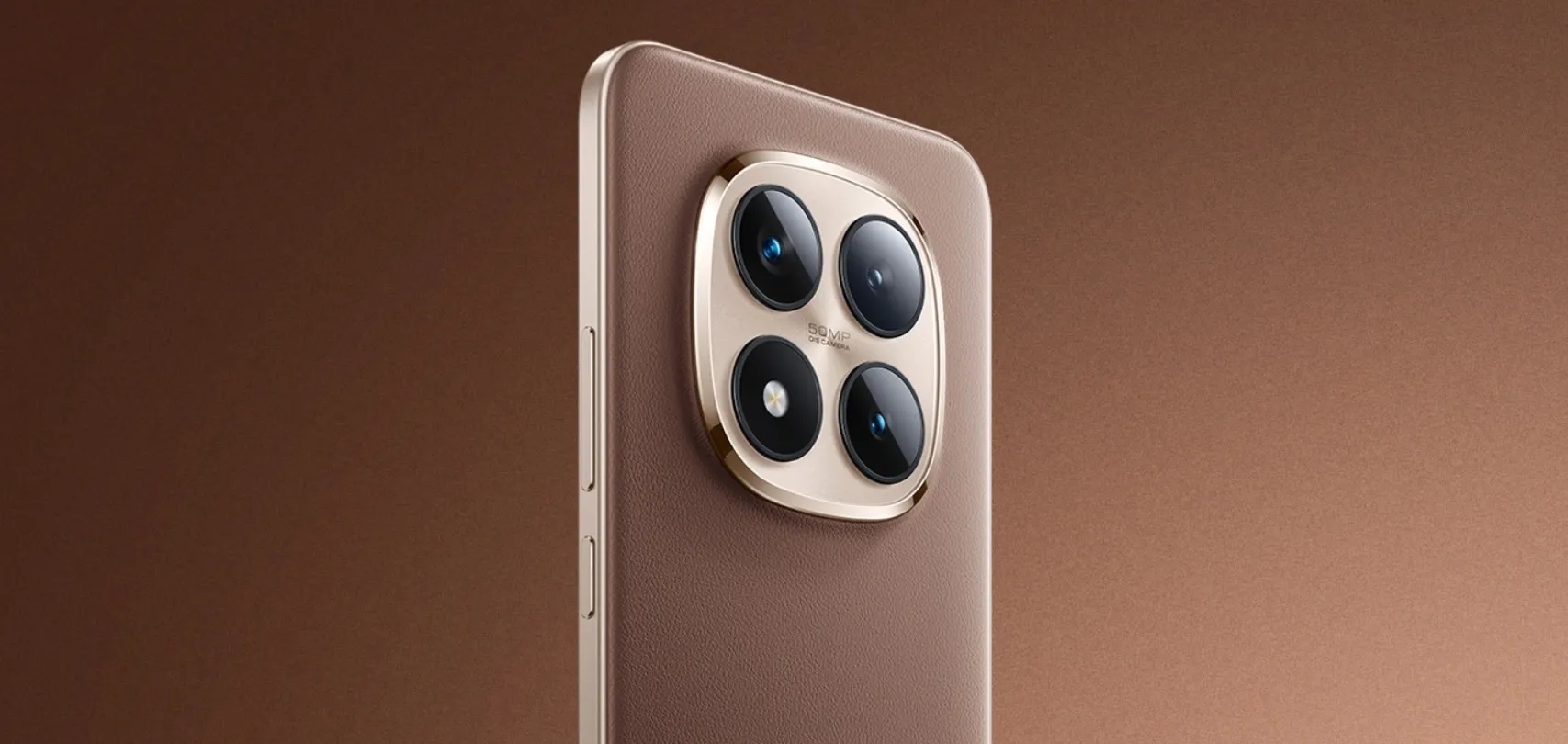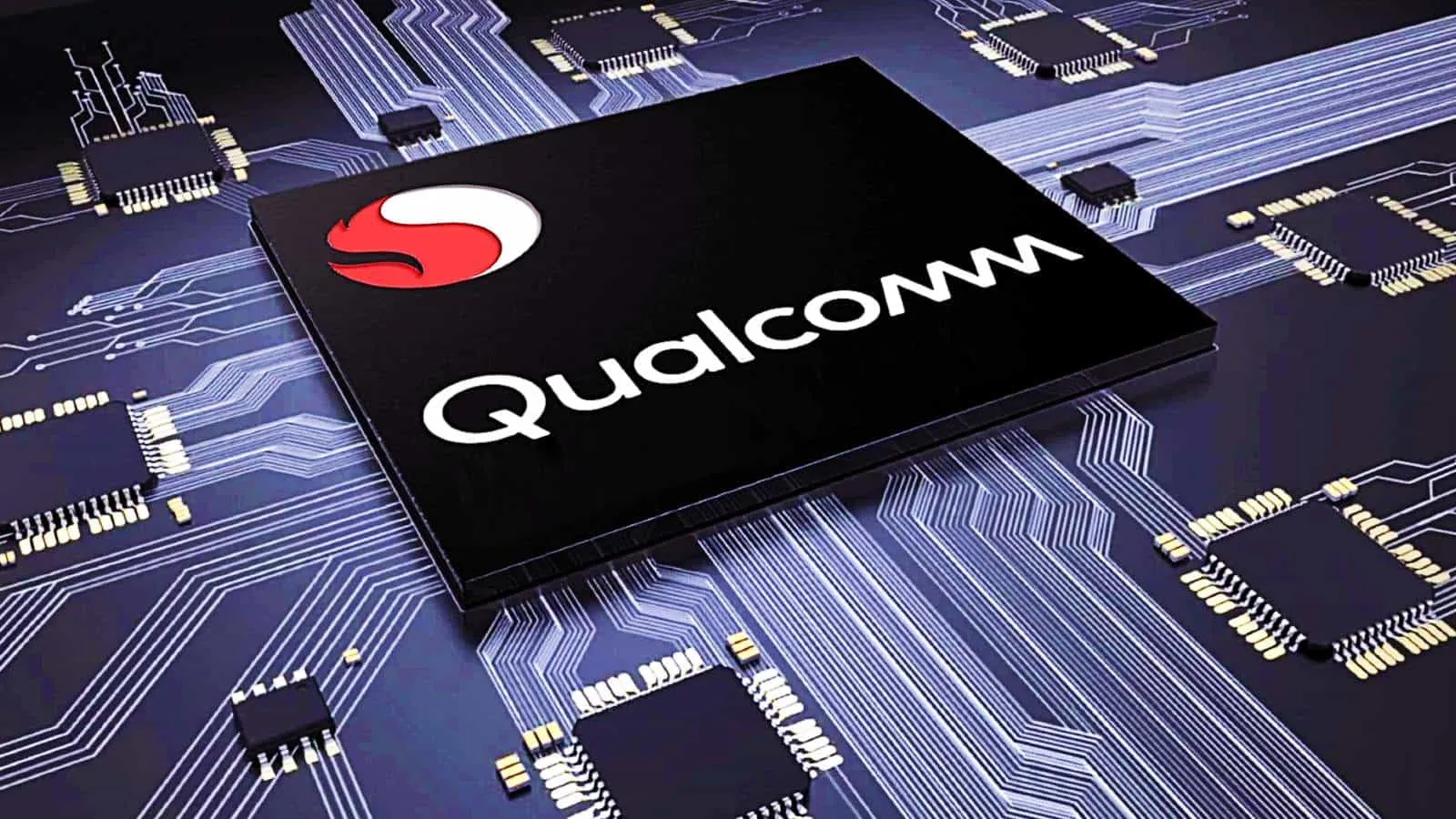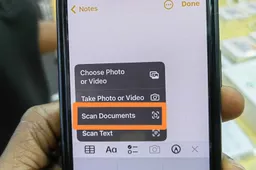Huawei has the highest number of active smartphone users globally - How is this possible?
HuaweiSaturday, 27 August 2022 at 06:22
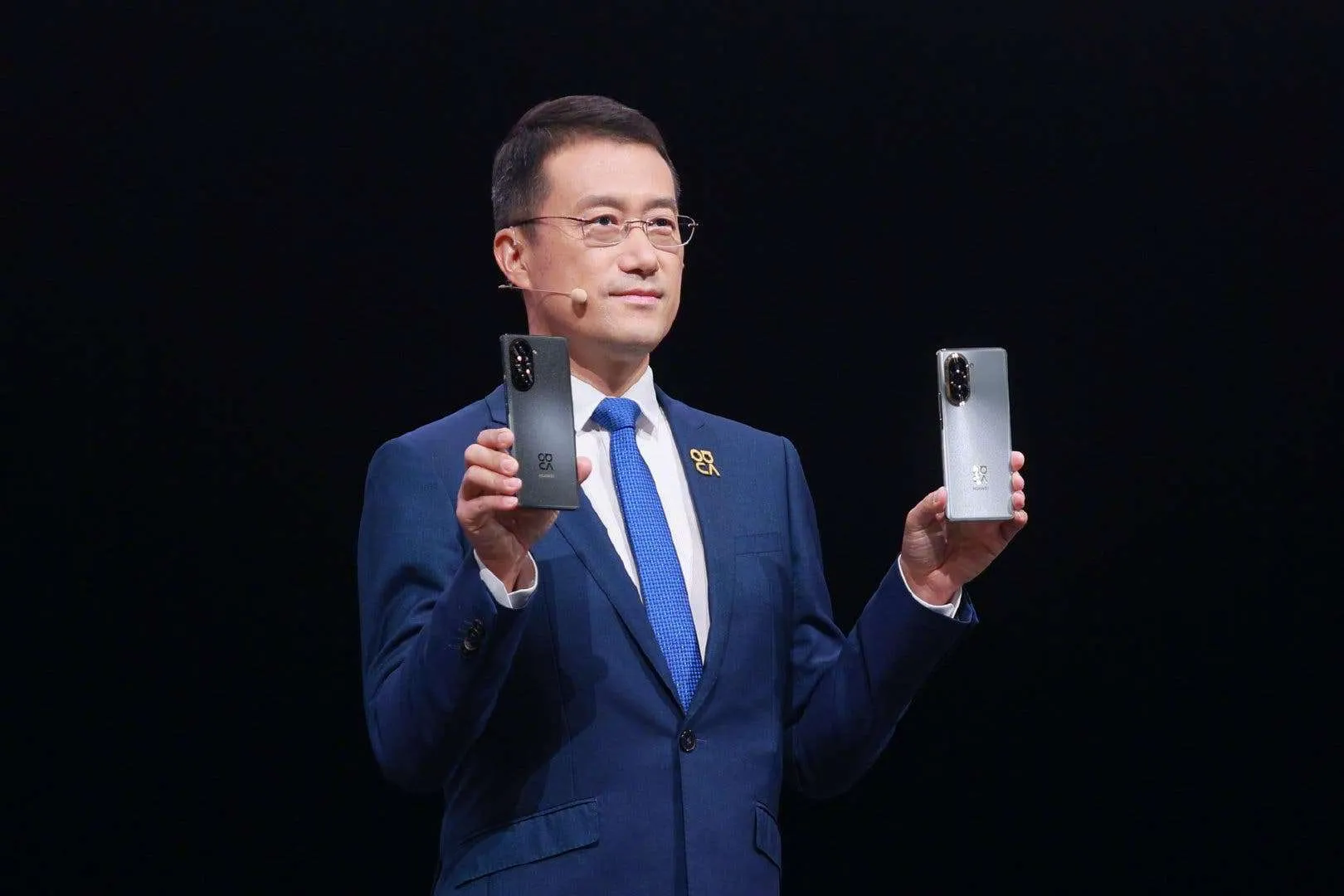
A few days ago, there were reports regarding Chinese manufacturing giant, Huawei. Since the ban on Huawei by the U.S., the company is not always on the news. However, a recent report reveals that Huawei still has the highest number of active smartphone users. Before being sanctioned, Huawei was firmly in the top spot among Chinese smartphone manufacturers. At the time, the company was firmly in second spot globally and was set to occupy the top position. In fact, it even occupied the top position globally for a quarter but couldn't sustain it due to the ban. Now, three years after the ban coupled with the fact that Huawei's new smartphones do not support 5G, the frequency of new phone releases has also been greatly reduced.
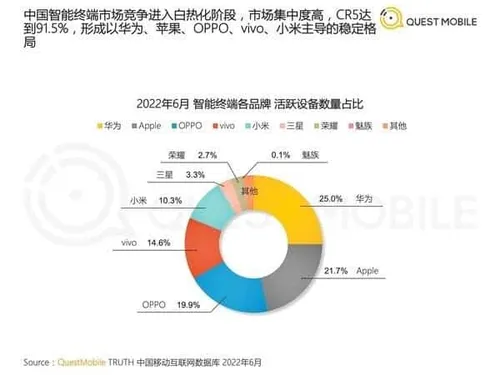
The company is also reducing the frequency with which it updates its smartphones. The Huawei Mate and P series now get updates only once a year. Nevertheless, Huawei active smartphone users still ranks first globally. According to Counterpoint Research, Huawei's market share in the first three quarters of 2019 was 34%, 35% and 40% respectively. Among them, Huawei's market share in the third quarter was more than that of the second and third places combined. Huawei has an absolute leading position in the Chinese smartphone market share.
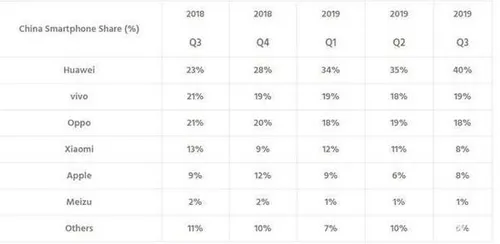
However, after being sanctioned by the United States, Omdia reports Huawei's smartphone shipments will drop by 81.6% in 2021 to only 35 million units. By the second quarter of this year, Canalys data shows that Vivo won first place with a shipment of 13.2 million units. After Honor, OPPO and Xiaomi ranked third and fourth, and Apple ranked fifth. Huawei has long disappeared from the list.

So this can explain why everyone is so surprised when they see that "Huawei's mobile phone number is still the first".
Why Huawei's number of active smartphone users is still the first
After being sanctioned for three years, why is the number of active Huawei mobile phones still the first? First of all, this has a lot to do with the background that the current economic situation is not optimistic. In recent years, the epidemic did not help matters. Under the background of dynamic prevention and control, pragmatic consumption has become the new mainstream trend. In the first half of this year, people's demand for consumer electronic products show signs of slowing down.
According to the China Academy of Information and Communications Technology, in the first half of this year, the total shipments of mobile phones in the Chinese market is 136 million units. This is a year-on-year decrease of 21.7%. From January to June 2022, smartphone shipments hit 134 million units, a year-on-year decrease of 21.7%. The situation for Chinese brands is even more serious. From January to June 2022, Chinese brands shipment totals 115 million units, a year-on-year decrease of 25.9%.
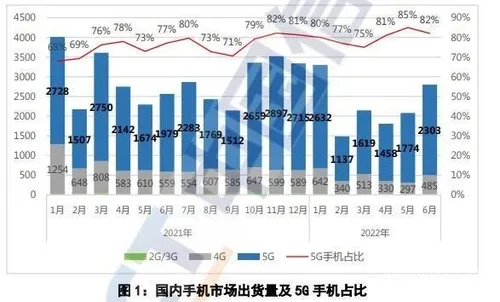
In addition, Counterpoint data shows that the replacement cycle of Chinese users has increased from 24.3 months at the beginning of 2019 to 31 months. Young people are unable to replace new phones. This is one of the reasons why most people retain their smartphones and Huawei devices remain active. On the other hand, the general trend of declining mobile phone sales in the past two years is helping Huawei. Since Huawei has a solid foundation, if users don't replace their devices, Huawei will still maintain its lead.
Huawei's user stickiness is relatively high
As mentioned earlier, in the third quarter of 2019, Huawei won 40% of the Chinese mobile phone market. This is more than the second and third largest shares of Vivo and OPPO put together. Its shipments are far ahead, especially flagship mobile phones. This has laid the foundation for Huawei's number of active mobile phones now. In addition, Huawei's user stickiness is relatively high. It is an indisputable fact that Huawei products are of good quality. In addition, Huawei reaches users through the layout of pre-installed apps, forming its own traffic pool.
Questmobile data shows that Huawei, Vivo, and OPPO brand apps are all in the top 5 in the browser industry. Among the top payment and settlement apps, only wallet apps of the four major Chinese terminal brands are listed, among which Huawei wallet active users have exceeded 100 million. Huawei also actively deploys the aggregation video industry and integrates third-party video content to enhance user stickiness. These applications bring a very good experience to users.
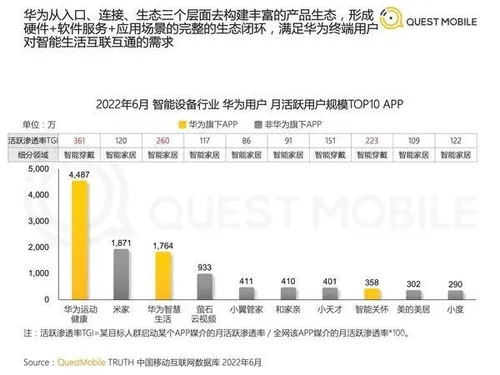
Huawei's Smart Ecosystem
Finally, now that the Internet of Everything is booming, Huawei's active deployment of the AloT ecosystem has also enhanced user stickiness. Huawei focuses on the development of the HarmonyOS system. It is creating a coordinated interconnection of various terminals. The connection includes smartphones, PCs, tablets, and linking terminals such as cars, smart homes, and headphones. All these enable the company to provide users with a complete ecological experience. As long as there is a Huawei product in the house with HarmonyOS system, you will never want to easily replace the main Huawei device.
Apple is monopolizing the high-end market
Huawei has the highest number of active smartphone users. In fact, the top four spots are occupied by Chinese brands. However, one thing is certain, Apple is monopolizing the market share of high-end mobile phones. Counterpoint data shows that in the second quarter of this year, Apple ranked first in the Chinese high-end smartphone market share with a 46% share. The second place was won by Vivo, with a market share of 13% and a year-on-year increase of 91% in sales, replacing Huawei for the first time in China's high-end market.
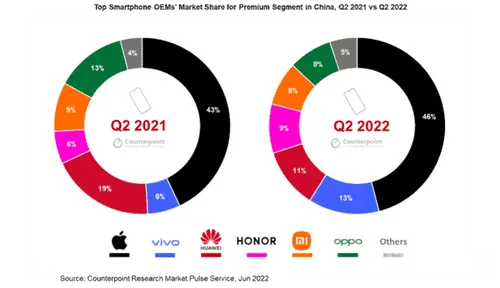
Huawei drops to third with an 11% market share. Analysts point out that Apple is performing well in the segment of $1,000 and above. It is worth mentioning that 46% of the market share is not Apple's best performance in the Chinese high-end mobile phone market. In the first quarter of 2021, Apple's market share in the high-end mobile phone market hit 57%. In the first quarter of 2022, Apple won most of the market share, 62%. For the same period, Huawei's market shares were 9% and 3% respectively.
Loading
